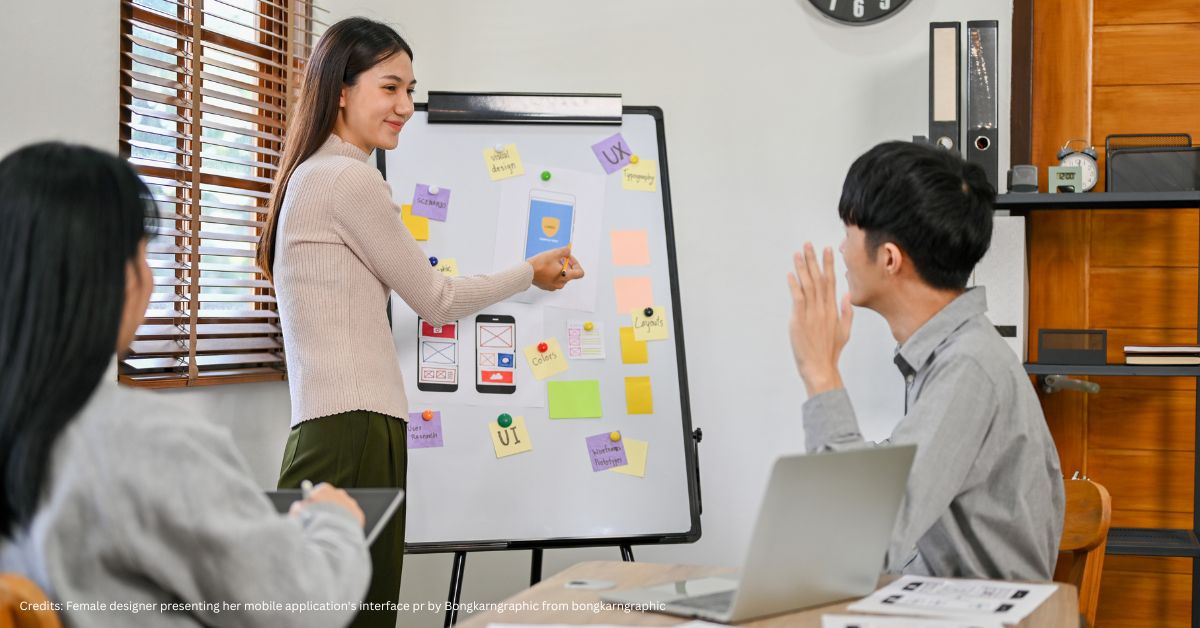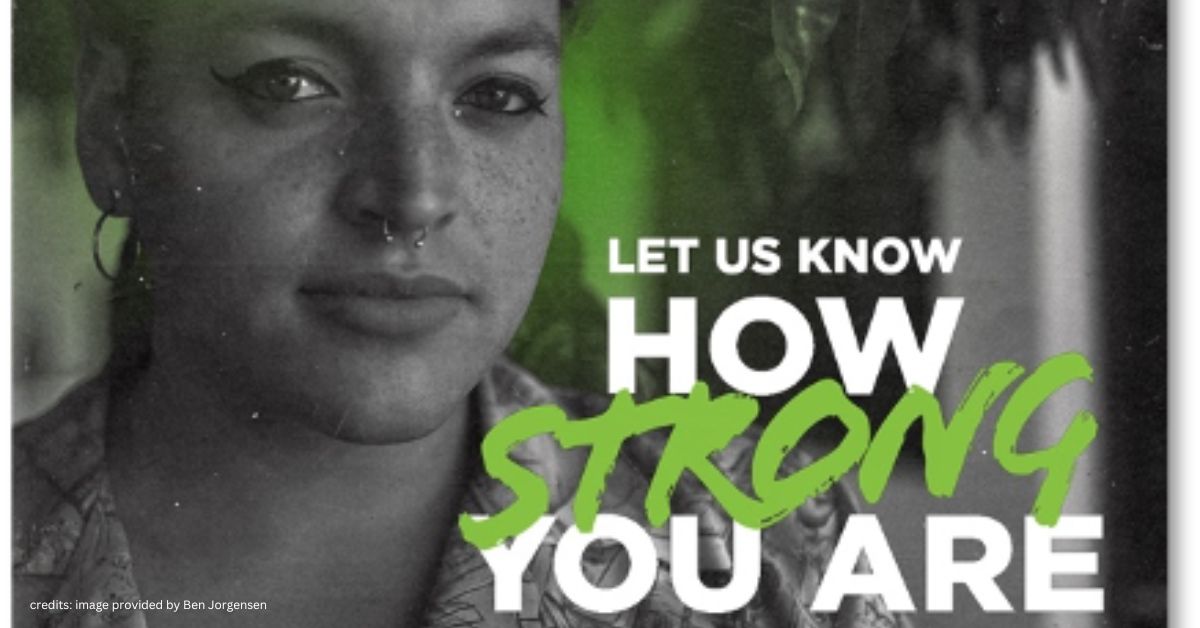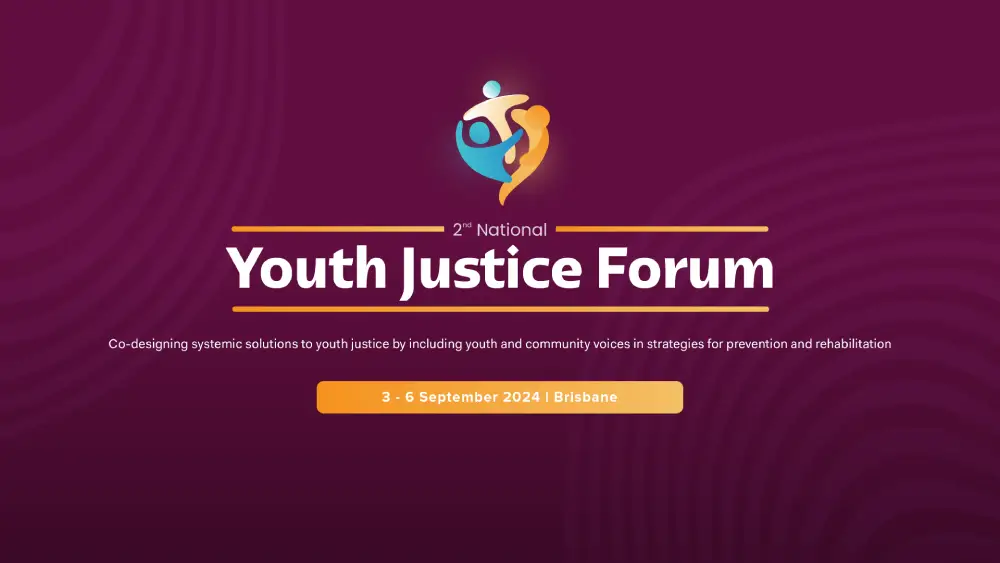The media can have a big impact on an organisation’s brand and reputation – it’s essential that a not-for-profit (NFP) has staff who are trained to engage with media who can articulate important messages confidently and succinctly so that a positive brand is reflected.
With so many media vehicles for content to be delivered via, NFPs are often left daunted when it comes to interacting with the media, letting them take the lead.
Take control
When first contacted by the media, spokespeople will often give all the power to the reporter by answering questions without having time to consider measured responses. This is a fundamental mistake in approaching media interviews. Before answering questions, it’s important to buy some time to evaluate the opportunity.
Techniques for a successful response to media interviews:
- Explain that an interview ‘right this minute’ is not possible and you will call them back
- Ask what topic will be the main focus for the interview
- Who else has the reporter spoken to and what did they say? It’s useful to know what other opinions might be arranged alongside yours.
Creating the perfect pitch
A common error is assuming that what interests us will appeal to the outside world, however audiences are much more interested in what matters to them. Messages must be oriented to the agenda of the audience.
Considerations for creating the perfect pitch:
- Who is the primary audience? Never think ‘the general public’ – rarely will 100 per cent of the population be interested in what your organisation has to say about things. The more specific you are about who you want to reach the greater the impact.
- What is the main issue or area of interest to your target audience? Your message must specifically address these.
Be concise
People who are new to dealing with the media will often launch into a monologue reciting everything they know. This is often diluted and becomes meaningless, or doesn’t appear at all. It’s vital for interviewees to express the core idea in two short sentences, because that’s how quotes appear in print. In TV or radio news, so-called ‘grabs’ or ‘sound bites’ are only about 8 seconds long, which is roughly 24 words.
Frequency
A spokesperson’s mission is to deliver a message and make sure that the reporter has received and understood it. It’s necessary to reiterate the main point and draw attention to it with pointer-phrases –’but the main issue here is,’ or ‘at the same time we must always remember that’. This will help to ensure that your main message is received.
To master the media takes training and practice, but these fundamentals will steer you on the right track:
- Set objectives – what are you hoping to achieve from the coverage?
- Ensure that the message is relevant and meaningful to the target audience
- Reiterate your main message clearly and consistently
- Practice first – the newer the spokesperson, the more practice is recommended.

















































































































































